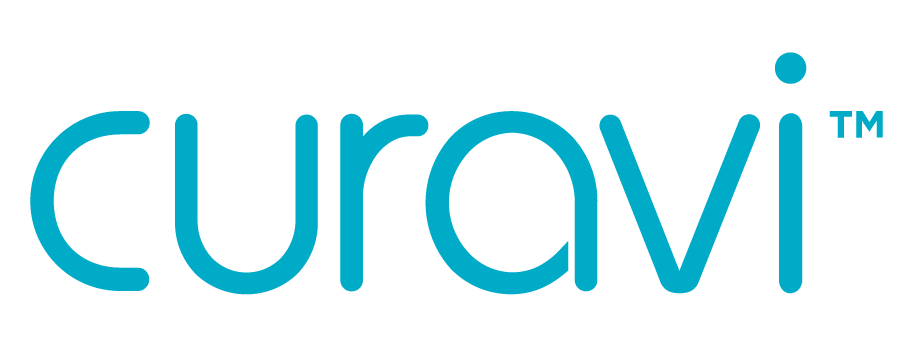Aches, pains, and stiffness in your lower back can be incapacitating, preventing you from completing day-to-day activities like working out or checking common household chores off your to-do list. Often caused by muscle and ligament strains, damaged disks, arthritis, and osteoporosis, lower back pain is more likely to affect people who are over the age of 40.
If you’re an older adult, adopting any especially rigorous exercise interventions or therapies is not a good idea. Luckily, there are some great ways to relieve lower back pain in a gentler and more low-risk manner. From back laser treatments to yoga, these solutions will help you feel like yourself again fast. Here are a few of the best.
- Rule Out Any Serious Health Conditions – Before you take any measures to correct your back pain, be sure that you do not have a more serious underlying health issue that could be leading to pain or discomfort in the low back. Traumatic injuries, tumors, kidney stones, endometriosis, fibromyalgia, abdominal aortic aneurysms, and other more serious conditions can cause pain in the lower back, so be sure to rule these out before beginning any treatments.
- Stretch Often – Doing yoga or flowing through a daily stretching routine is a wonderful way to help support the spine, improve flexibility, and build strength throughout the body. In addition, practicing yoga or mindful stretching activities can help you relax, which may ease some of that pain-causing tension in the back. If you’re new to yoga, you can get started by learning stretches on YouTube. Yoga isn’t the only way to get a good stretch, either. Inversion therapy and lumbar stretching pillows may help if you don’t have any serious underlying conditions
- Try Laser Therapy – Low-level laser therapy (LLLT) is a non-invasive, non-pharmaceutical option for men and women seeking temporary relief of minor muscle and joint aches, pain, and stiffness. With a painless appeal and no reported adverse side effects, it’s a great choice for integrating back pain relief into your routine in a way that’s very easy and low-risk. Try using a laser light therapy belt for a simple way to enjoy this powerful option while you relax at home.
LEARN MORE ABOUT OUR LASER THERAPY BELTS
- Use a Foam Roller – If you feel that the pain in your lower back is associated with soreness, inflammation, or tightness in the muscles, then it may be time to invest in a foam roller. These convenient, affordable devices allow you to do self-myofascial release, similar to giving yourself a deep tissue massage. To use one on your lower back, lie on top of it in a side-lying position or flat on your back, using the pressure on the roller to ease out tightness in the low back muscles.
- Sit Up Straight – While correcting your posture won’t automatically zap away the pain in your back, it can help alleviate muscle tension if you remember to do it all the time, especially while sitting at the computer. Poor posture can put strain on muscles and tissues that are already strained to their max, which can worsen feelings of pain throughout the back. Try to make a conscious effort each day to sit up straight or use posture corrector products to help you as you go.
- Do Core Exercises – Strengthening the core is a good way to help lessen lower back pain and build up the body so it’s less susceptible to lower back strains and injuries in the future. The fact is that the deep-lying core muscles stabilize your entire body and help with flexibility and mobility, and they need to be strong to properly scaffold the back and shoulders when you do things like lift heavy boxes or run on the treadmill. Chair exercises, planks, crunches, and sit-ups are some simple core exercises you can do at home.
Know What to Avoid
Remember that, while some therapies have excellent results for many, they may not be the best choice for everyone. For example, inversion therapy is not recommended for anyone with high blood pressure, heart disease, or glaucoma. It’s important that you speak to your physician before adopting any new pain treatments so that you don’t accidentally worsen something on your path to relief.




